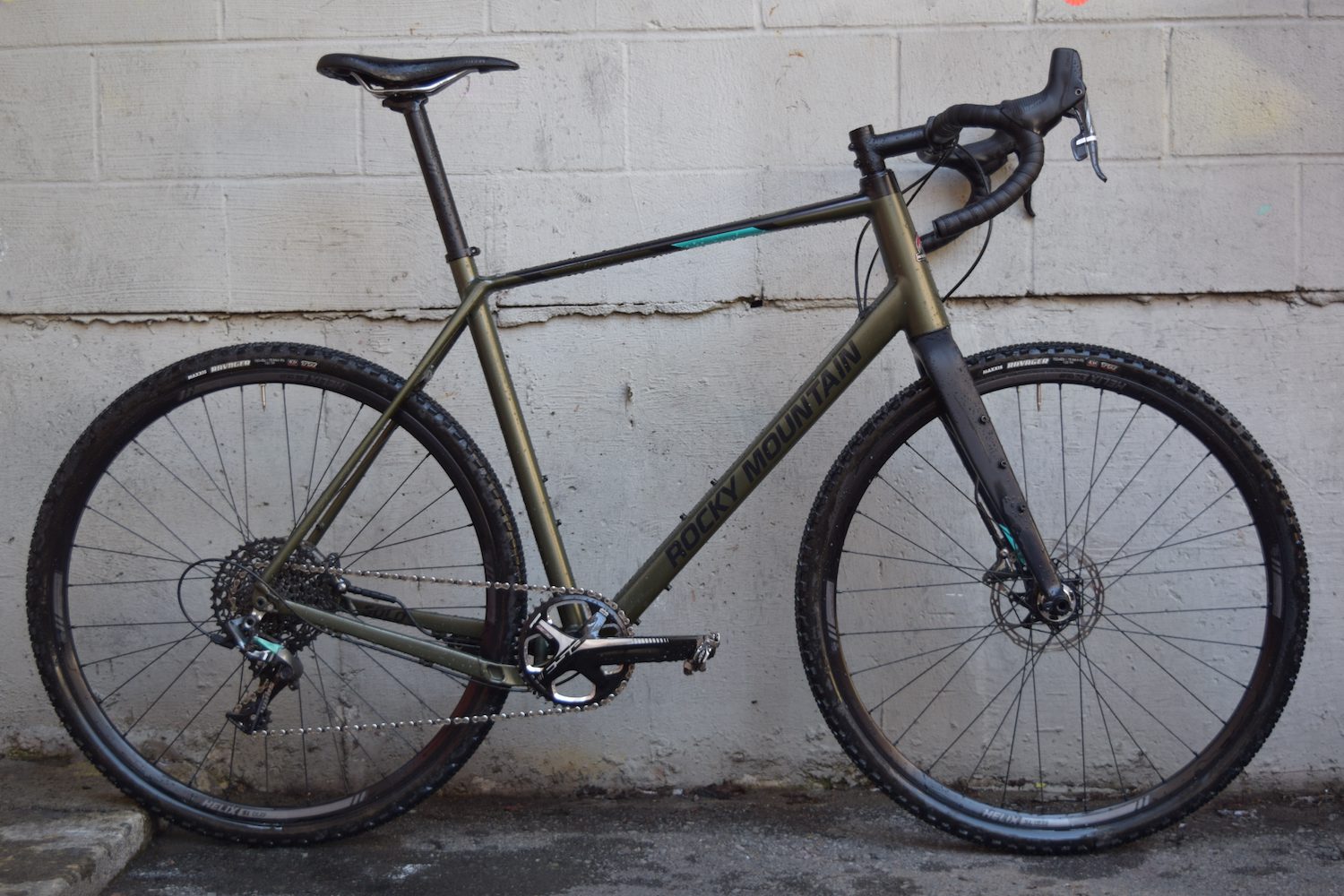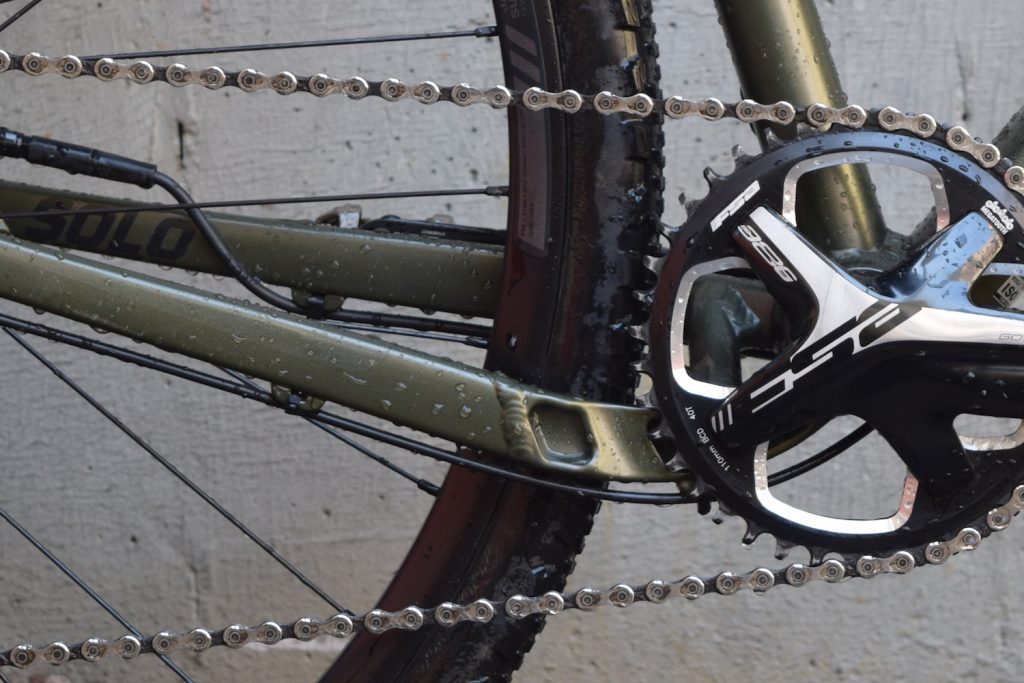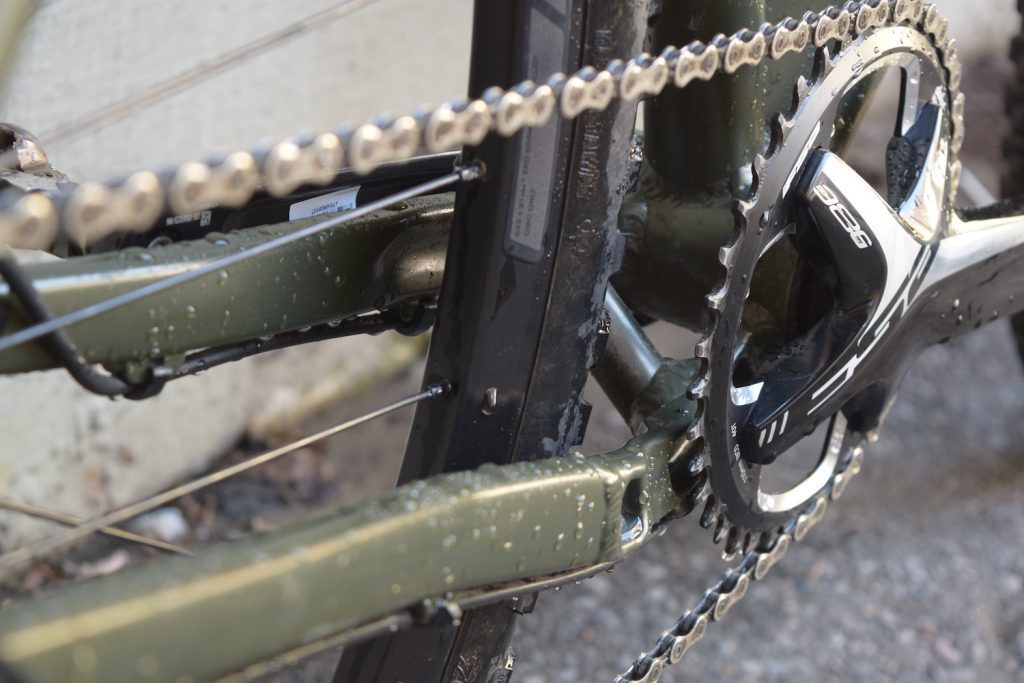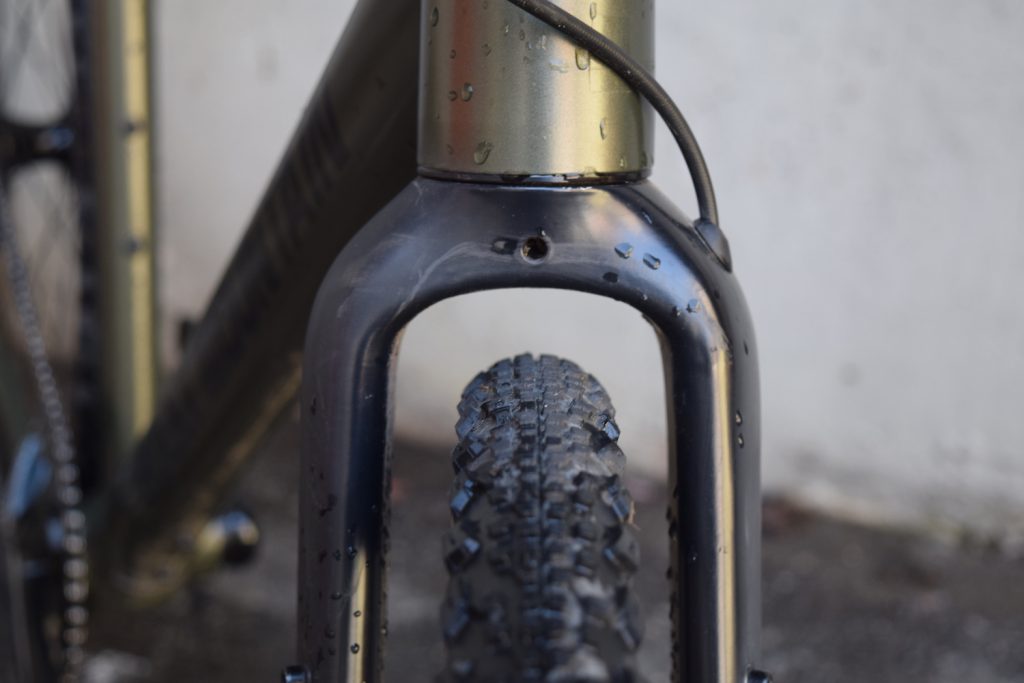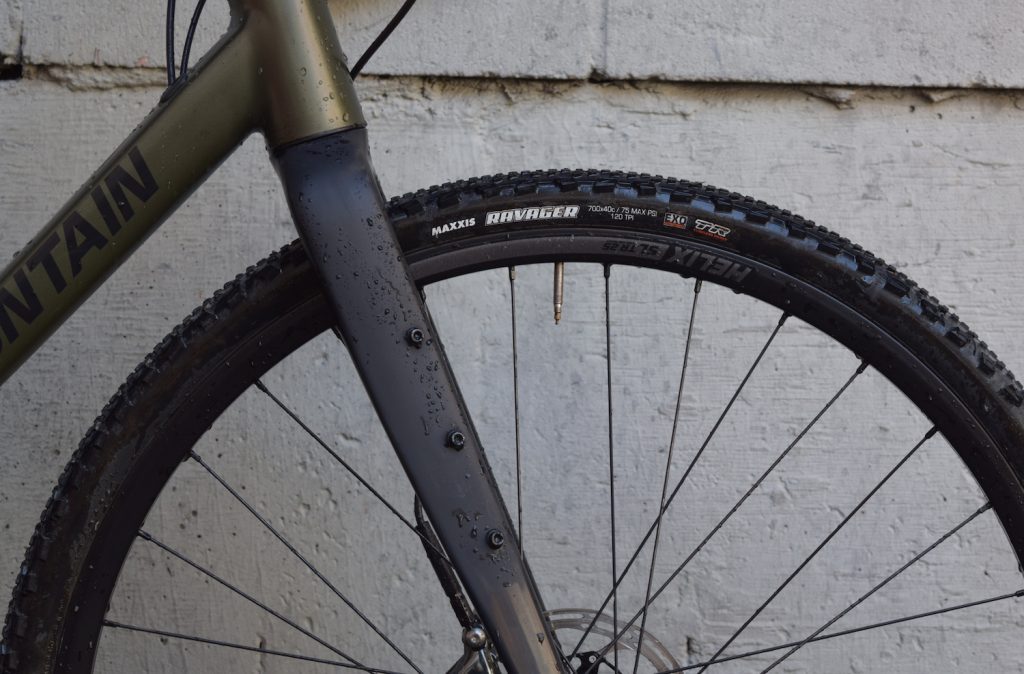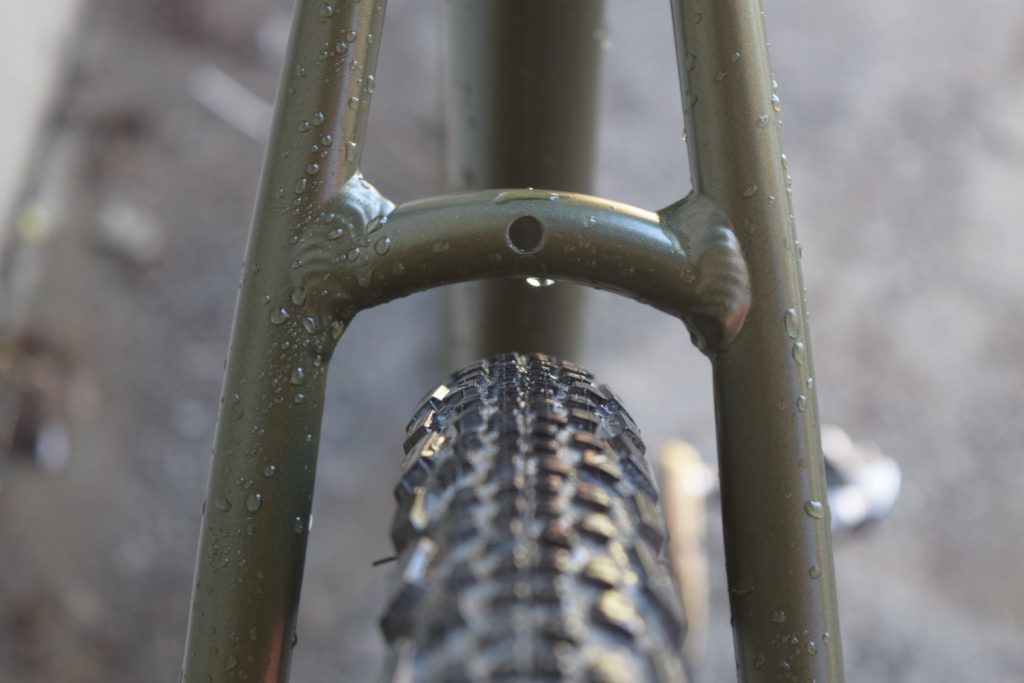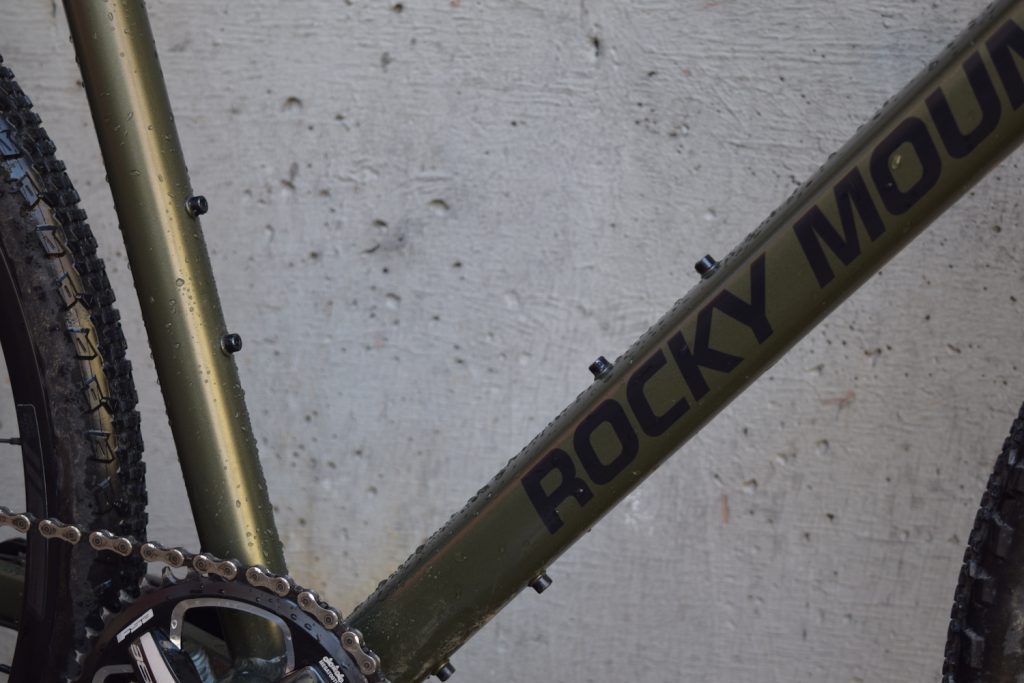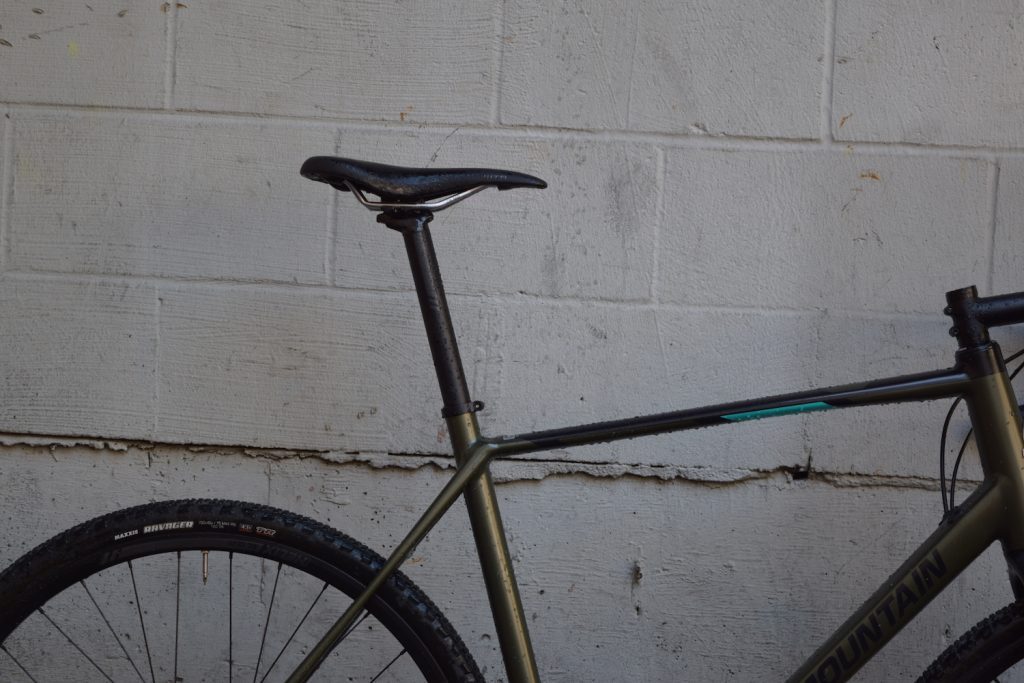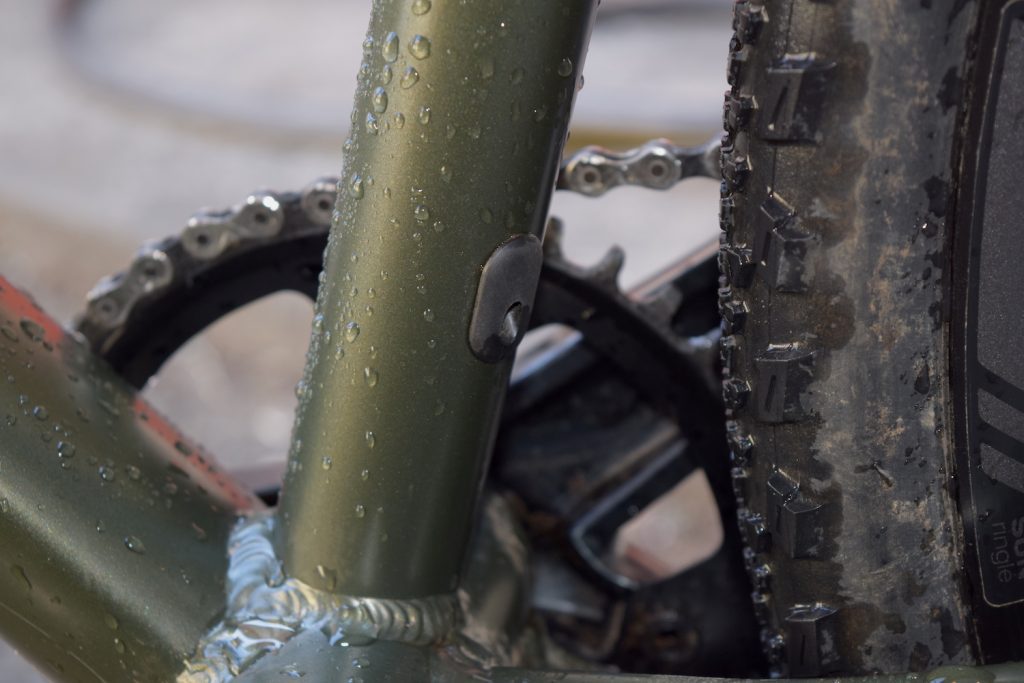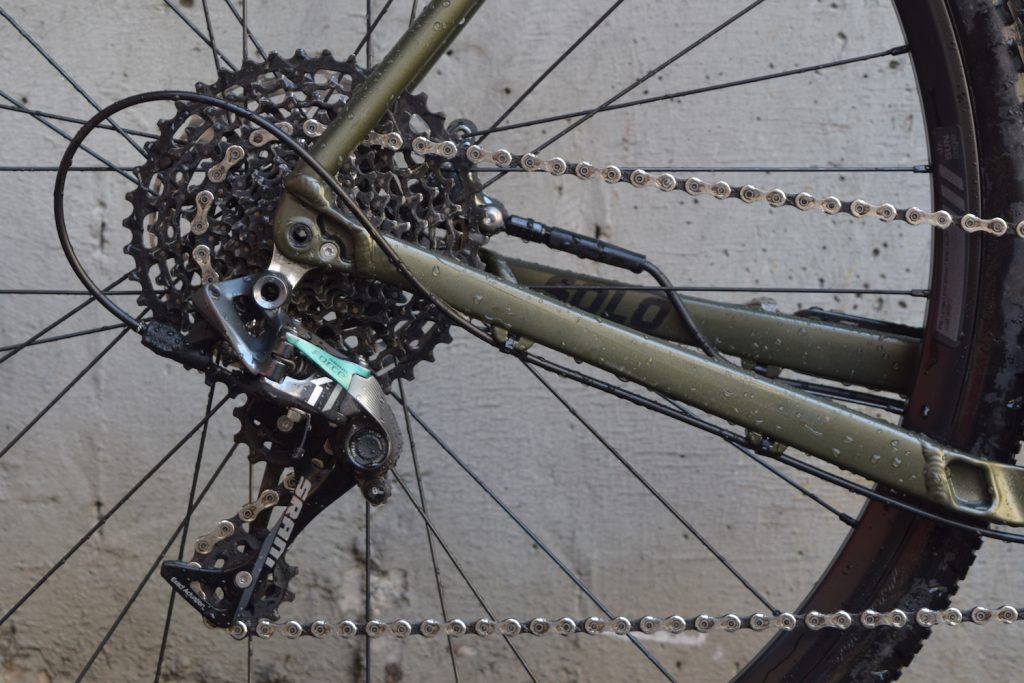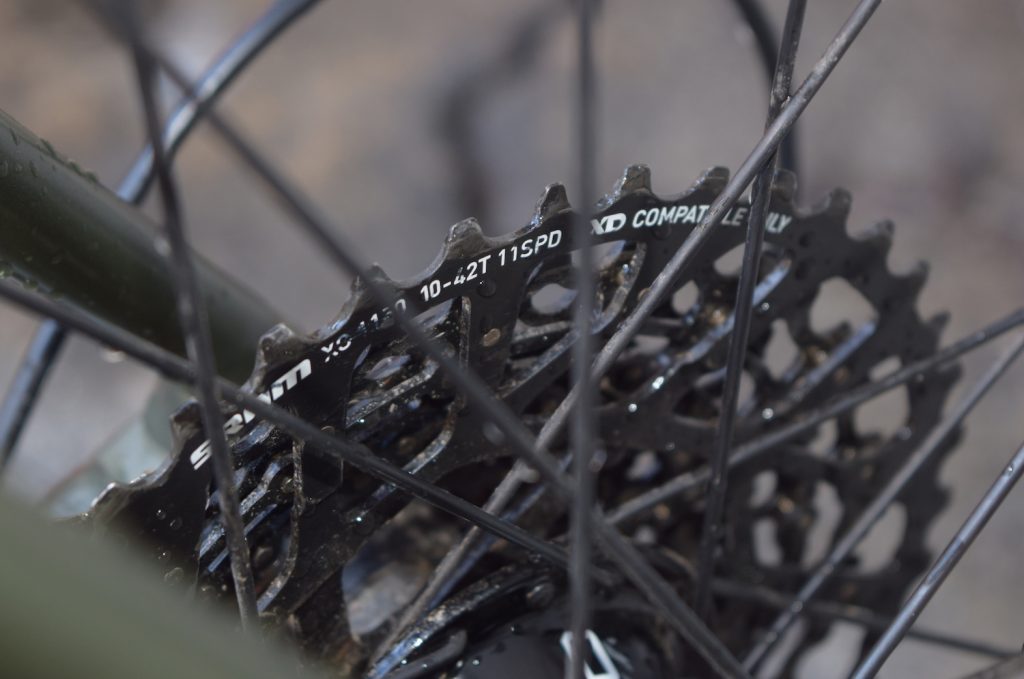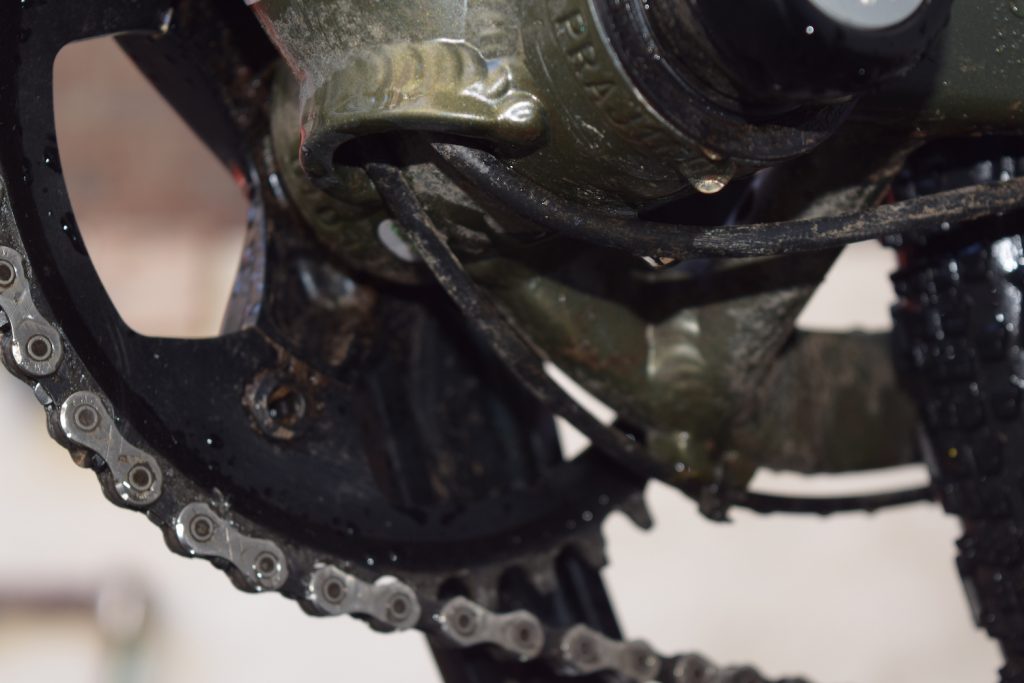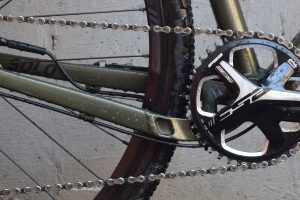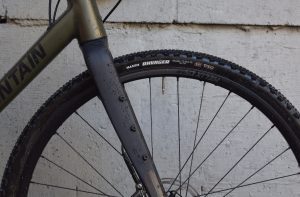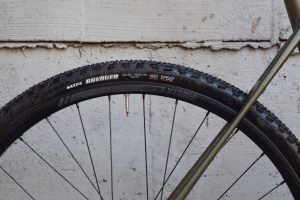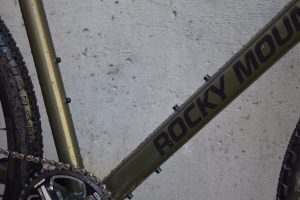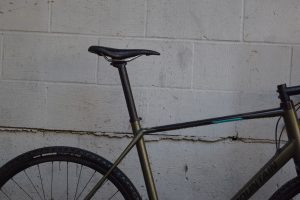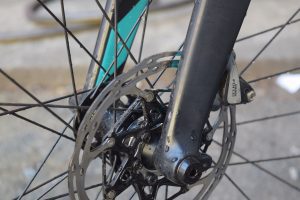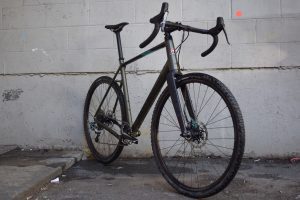Rocky Mountain Solo 70 reviewed
Living up to the "adventure bike" name
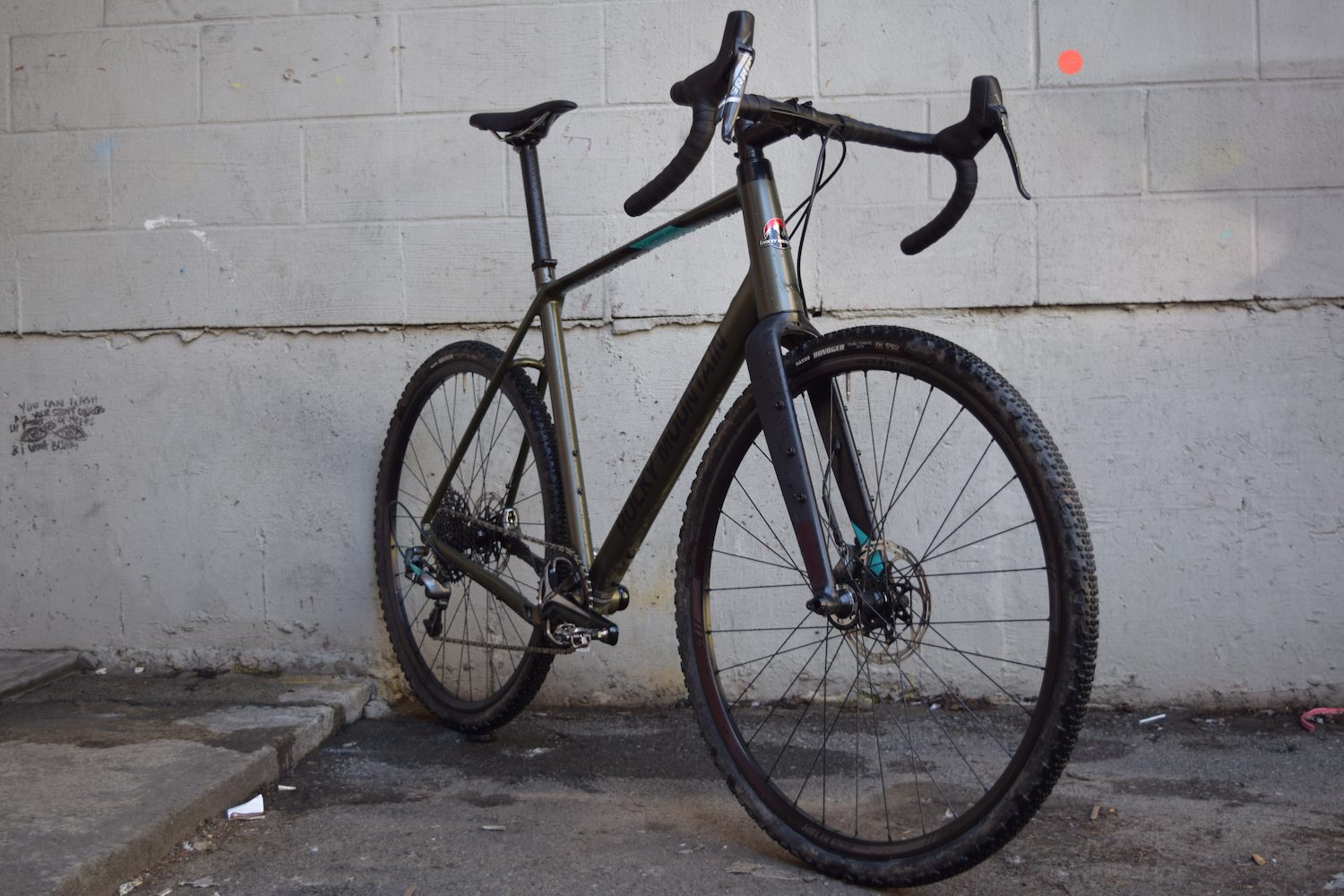
As gravel/adventure riding continues to grow in popularity, more and more brands are joining in and launching their own version of the ideal off-road road bike. Instead of coalescing around a common design, brands continue to push what can be done on a dropbar bike. This variety leads to a category of bikes that have very different functions and ride qualities while still being within the gravel/adventure category. Rocky Mountain’s focus when creating its Solo line of adventure bikes would best be described by two words: fun and capable.
Rocky Mountain Bicycles Solo 70
Components SRAM Force 1x, Sram XG 1150 10-42 cassette, SRAM Force HydroR disc, FSA Gossamer Pro ABS BB386 EVO
Wheels Sun Helix TR25 SL 29 rims, SRAM 900 rear hub (12 x 142 mm), Rocky Mountain 15 x 100 mm front hub
Sizes XS, S, M, L, XL (tested)
Price $3,500
Rocky Mountain’s Solo 70, the higher spec of the two Solo offerings, is most definitely fun. This feature is partially due to the geometry, the bike corners off-road like its on rails, and partially due to the they way Rocky’s set the Solo up. There’s gobs of tire clearance, enough that 40c tires looked skinny, a 1x drivetrain, wide, flared bars and routing for a dropper post.
The Solo 70 combines the long wheelbase common among gravel bikes, 1,042 mm in a medium frame, with short 425-mm-long chainstays. Rocky Mountain has also put in a more relaxed head tube angle, between 69.5 degrees and 71 degrees based on size, with the XL being a slightly steeper 72 degrees. Compared with Trek’s Checkpoint, the Solos are a full 1–1.5 degrees slacker in any given size. As you might expect from these numbers, the Solo has a dual ability to be fast around corners and stable on rough roads at high speeds, especially when things point down. Good numbers don’t always lead to good handling, but Rocky has definitely made a bike where the numbers add up just right. The Solo carves corners off road and on trails, and feels like it is on rails through wide open long corners. Some of this could be Rocky’s pedigree building mountain bikes for rowdier terrain. I don’ know if a trickle-down theory applies to handling characteristics, but the Solo felt stable and grounded when I probably should have felt out of control.
RELATED: Rocky Mountain Bicycles launch the Solo gravel adventure bike
The Solo’s testing period happened to overlap with the annual Stuckylife Easter gravel grinder, which rarely manages to take place on Easter weekend but always challenges those who show up to a selection of Victoria, B.C.’s best gravel, double track, decommissioned logging roads, and occasional single track connectors. The Easter ride thoroughly tested the Solo’s descending capabilities with slick trails, steep grades in both directions, and the occasional rock strewn, overgrown skid road. It was one of my first rides on the Solo, and the bike immediately inspired confidence where a more road-inspired gravel bike might have been outgunned.
 On the other end of the off-road spectrum, the Solo and I took several trips on the local section of The Great Trail, Goldstream, B.C.’s gravel roller coaster. Tight, winding gravel corners give way to 20% grades on old, dirt service roads. After a couple hours out and back on gravel, it was clear that the Solo’s cornering was dialed. 40c Maxxis’ Ravager tires only add to the Solo’s cornering capability, with their aggressive side lugs that dug in to the dirt and held on in tight corners and through wide open, steep descents.
On the other end of the off-road spectrum, the Solo and I took several trips on the local section of The Great Trail, Goldstream, B.C.’s gravel roller coaster. Tight, winding gravel corners give way to 20% grades on old, dirt service roads. After a couple hours out and back on gravel, it was clear that the Solo’s cornering was dialed. 40c Maxxis’ Ravager tires only add to the Solo’s cornering capability, with their aggressive side lugs that dug in to the dirt and held on in tight corners and through wide open, steep descents.
As you would hope from a bike that encourages riders to push the fun factor and test the bikes limits, the Solo 70 is capable of handling some abuse. The aluminum frame is solid and feels tough enough to take on cross country mountain bike trails with ease or to be loaded up with all the bags you have for a weekend, or week, off the grid. Rocky’s made the move to thru axles front and back, which adds welcome stiffness off road, and when loaded down. The Solo has the potential storage capacity to live up to its “adventure” designation, too. There’s three water-bottle mounts on the frame, rack and fender mounts on Rocky’s in-house carbon fork and rear rack mounts, ensuring you have the means to carry whatever you could need for long days of getting out there on back roads and forgotten paths. The top tube is even flattened subtly, which makes fitting frame bags a simple process.
All this fun and reliability does come at a cost, of course. The aluminum frame and reliability oriented build doesn’t lend to a light weight machine. It’s not weight that you feel too much while riding it, unless you’re pushing up an extended paved hill, but the Solo isn’t the lightest adventure bike out there. If you’re looking to win your next gravel road race, you may want to look at a more svelte, carbon-fibre based frame. If, like most gravel riders, you’re looking for a bike that will make your next gravel event fun, and survive whatever other adventures you want to get into, the Solo has your back. At $3500, and with a lower price Solo 50 available, the adventure-ready Solo is also a more approachable price point than some of the more boutique gravel bikes out there.
The SRAM hydro groupset does a good job of switching gears when you want, even under pressure, and the extra breaking power is appreciated. The tall and wide hoods, a long-time feature of SRAM’s dropbar hydro sets, don’t have the ergonomics that suit everyone. Giving the Solo a 1x drivetrain does make it more important to pick the appropriate gear for the terrain you’ll be riding. The 40 tooth chainring was great on flatter ground, but started to feel a bit steep for my skinny legs when faced with climbing extended double digit road grades. There’s an opening at the frame’s BB to make internal routing easier. It serves that purpose, but I can’t help but think this will attract dirt and grime in an off-road oriented bike.
Rocky Mountain clearly knows it’s made a very fun bike to ride, and has opened up the Solo for you to push the bike as much as you’re comfortable doing. With clearance for 27.5 x 2.2 tires, or 700 x 40c, there space for enough rubber to not just survive where a dropper post would be helpful, but to really have fun in those situations. By adapting your tire and gearing choices, you could make the Solo a very comfortable ride in a wide range of landscapes and riding conditions. You can make it perfect for where you usually ride, or tweak the Solo to make it suit your next adventure. With it’s elevated fun factor, the Solo is well suited to off-road touring, with fun angles capable of handling whatever you run into on trips when you can never fully plan what will be around the next corner.
For the Solo’s first ride, I had a short loop planned to match the rapidly setting sun. When I had the option to keep rolling home, or turn left for more dirt roads and another section of trail, the Rocky encouraged me to keep going and push on into the last available light. And that’s what you want from something called an adventure bike, isn’t it? A bike that makes you want to ride more. The Solo is a bike that wants to explore new areas, that wants to get into weird situations, and will make whatever you’re riding fun.
